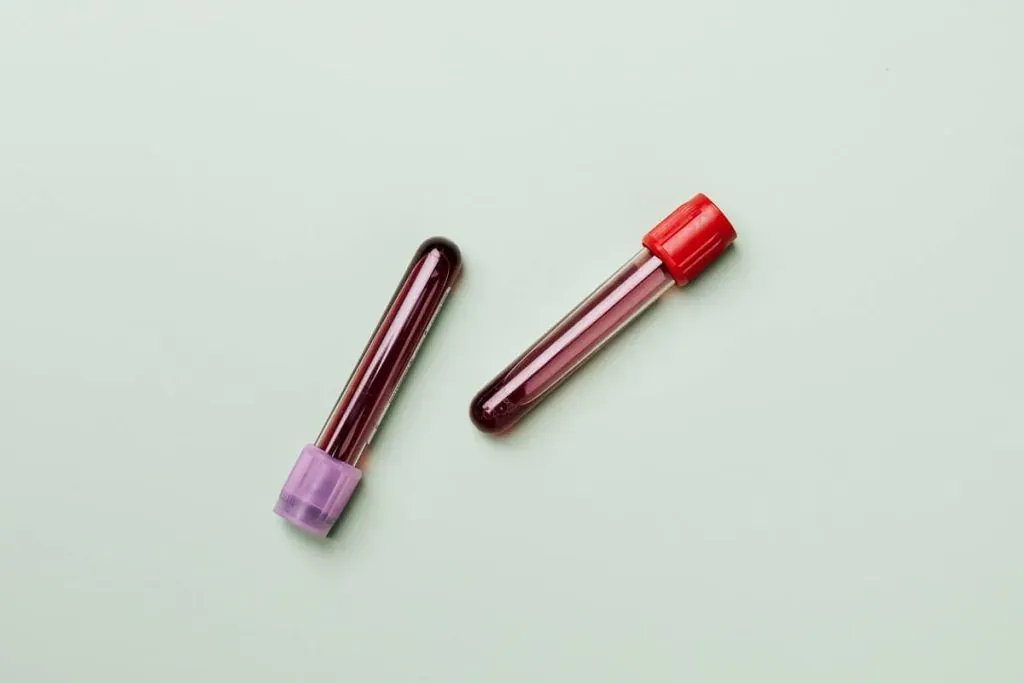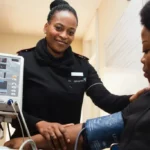Life is in the blood, that is how the saying goes. This truly is the case as blood contains essential components that are carried and distributed to the whole body. Screening blood is one of the most common types of medical tests. Blood tests are used to keep track of your overall health and well-being. They are a standard part of preventative healthcare.
A blood test normally involves a doctor, nurse or phlebotomist (a specialist in taking blood samples) taking a blood sample from a blood vessel in your arm. The usual place for a sample is the inside of the elbow or wrist, where the veins are relatively close to the surface. This involves tying a band around your upper arm, squeezing it and causing the vein to swell. This makes it easier for the health professional to take the sample. If only a small amount of blood is required, then drops of blood can be squeezed out from a prick on the tip of the finger. This will then be taken to the lab for testing. Other than it being helpful that it can be extracted and analysed pretty easily, blood tests are used for;
- Assess the general state of your health
- Confirm the presence of a bacterial or viral infection
- See how the thyroid, liver and kidneys are functioning
- Cholesterol and glucose levels
- To diagnose STDs (chlamydia, gonorrhea, herpes, HIV and syphilis)
- Screen for certain genetic conditions
- Assess whether a person is at risk of developing certain conditions (e.g. heart disease)
It is possible to have a blood test done and then later be asked to repeat it. Re-tests do not happen often but they are not uncommon. You should not be worried if you are asked to take a repeat blood test. There are many different reasons for the re-test, simply put, it is to ensure that the reading is correct and to assist in informing treatment.
Some tests requires more than one sample
There are a few different scenarios where more than one blood sample would be required. For instance, the Hba1c test shows the average level of glucose in the blood over a 3 month period. So people who have diabetes need re-tests where more than one sample is required. Repeat blood tests are also needed to assess whether the person is responding to treatment.
Abnormal or unexpected results
Blood tests are used to diagnose diseases, to be certain of the diagnosis, a re-test can be done. Depending on the recent validated results of a particular patient, a test result can be determined as abnormal or unexpected. There are ranges that establish lower, normal or abnormal results. One abnormal blood test result would not be enough to make a diagnosis, a re-test would be required.
Borderline results
Borderline shows that the results are on the threshold of two different readings. This makes them inconclusive, that they are unable to rule out or diagnose a disease or condition. In such cases, a re-test will be required.
Mistakes or errors
While uncommon, it is possible for errors to be made at the lab. Samples can leak or break causing them to be contaminated and unuseable. Different blood tests may require different things, for instance sometimes the blood needs to be clotted, added to chemicals to prevent it from clotting or added to preservatives. Hence, it will be stored in differing containers. It is in this process where errors and mistakes can be made.
False positive and false positives
Such test results do not happen often but it is possible. A false positive is when the results show that you have a disease or condition when you actually do not. A false negative is when the results show that you do not have a disease or condition when you actually do. Regardless of what happened to cause this, a diagnosis will require a re-test to confirm or rule out the disease or condition.
Being asked to do a repeat test is not uncommon and you should not be worried. For the different reasons that have been mentioned, there needs to be a re-check. The well-being of a patient is of utmost importance so blood test results need to be clear.




